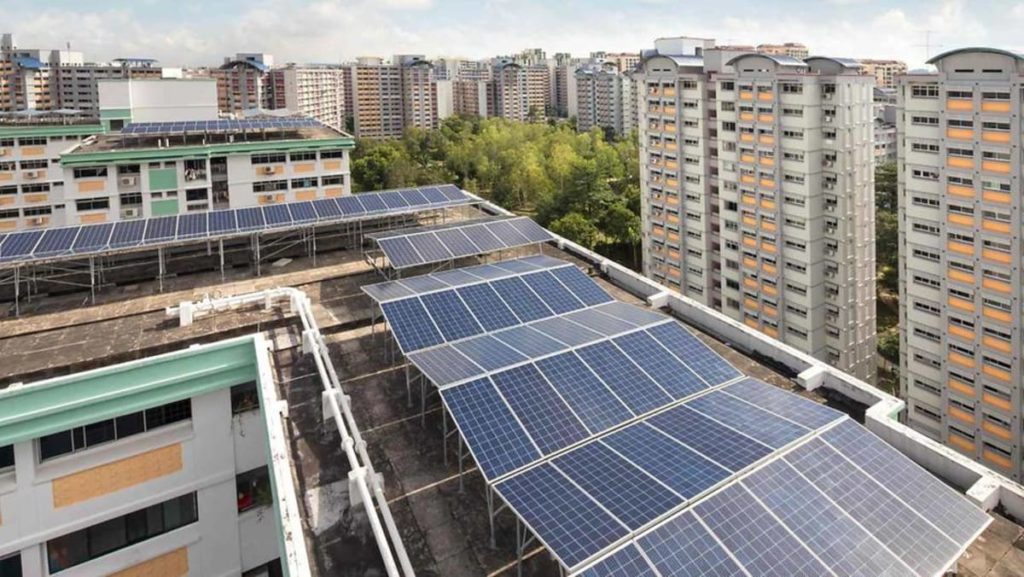[ad_1]
Singapore’s evolving solar landscape can be compared to ongoing efforts for self-sufficiency in its water supply. It is not that we do not have enough rainfall to meet our needs, but rather that the infrastructure for capturing, storing, distributing and recycling rainfall has to be up and running to realise its full potential. Public education and technology must also go towards minimising waste.
DEPLOYING SOLAR PV ON ROOFTOPS TO OPTIMISE LIMITED LAND
A second obstacle to a significant increase in the level of electricity generated from solar PV in Singapore is space. Singapore is a heavily built-up city, which already faces multiple competing demands for land.
According to the EMA, as of March 2021, there were 4,585 grid-connected solar PV installations in Singapore. Their total capacity amounts to an around 443-megawatt peak (MWp), with the private sector contributing most of it (53 per cent), followed by town councils and grassroots units (38 per cent).
There are other technologies for optimising what little space Singapore has for solar panels. These include mobile solar PV systems that can be used on temporarily vacant land and relocated as necessary, and building-integrated PV in which solar panels are incorporated into a building’s facade.
While most of these installations are on rooftops, floating solar PV facilities could contribute significantly to solar PV capacity. The 60MWp Tengeh Reservoir plant, launched in July 2021, can power 16,000 four-room HDB flats and reduce emissions equivalent to taking 7,000 cars off the road. Other floating projects are in the pipeline.
But rooftops still provide the most readily available space for large-scale rollout. According to the 2020 SERIS report, the total net usable area for rooftop PV deployment in Singapore is approximately 13.2 sq km.
[ad_2]
Source link
